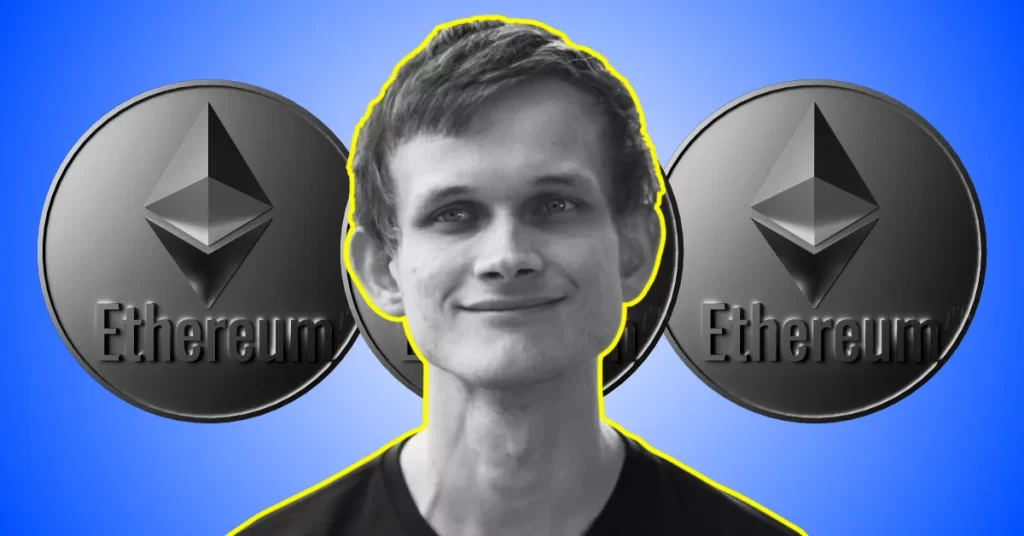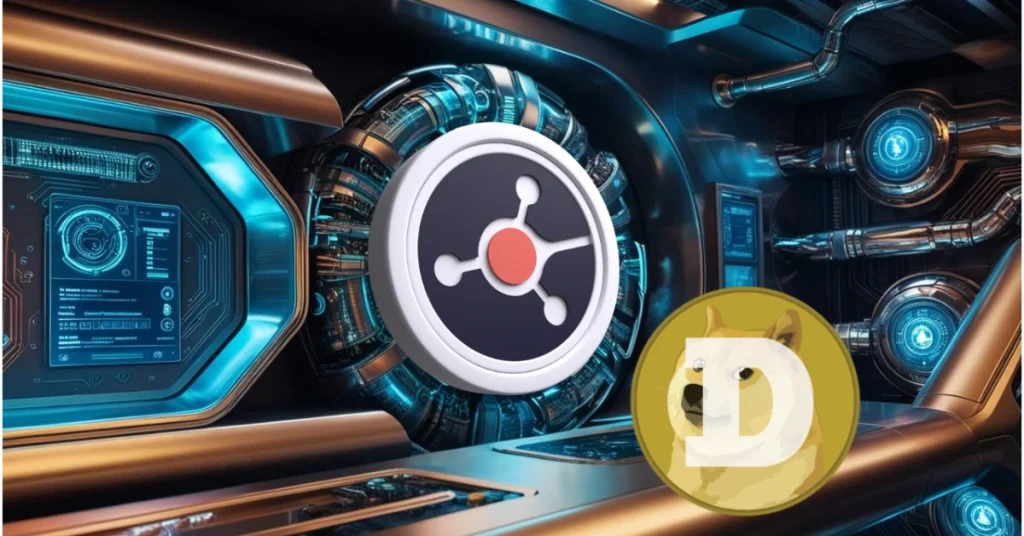Will Ethereum Become the New Bitcoin? Vitalik Buterin Has a Plan For It



The post Will Ethereum Become the New Bitcoin? Vitalik Buterin Has a Plan For It appeared first on Coinpedia Fintech News
Ethereum co-founder Vitalik Buterin is setting the stage for a major overhaul of the Ethereum network. His goal? To simplify its architecture, enhance scalability, and boost long-term stability. Drawing inspiration from Bitcoin’s minimalist design, Buterin is pushing for a shift that could reshape Ethereum’s future.
Is this the key to Bitcoin-like success? Let’s dig in to see what Buterin is cooking up.
Is Ethereum Too Complex?
Ethereum has evolved into a decentralized powerhouse, hosting an array of applications from DeFi platforms to NFTs and DAOs. But this flexibility has come at a cost.
The platform’s complexity has ballooned over time, leading to slower performance, higher costs, and greater security risks. Buterin acknowledges these challenges and is now advocating for a leaner, more efficient Ethereum.
“Historically, Ethereum has often not done this (sometimes because of my own decisions), and this has contributed to much of our excessive development expenditure, all kinds of security risk, and insularity of R&D culture, often in pursuit of benefits that have proven illusory.”
Buterin’s Proposal to Streamline Ethereum
In his May 3 blog post, “Simplifying the L1” , Buterin laid out a roadmap to bring Ethereum closer to the simplicity of Bitcoin while preserving its functionality as a decentralized platform. The key changes proposed include:
Reducing Validator Signatures: Buterin suggests cutting the number of validator signatures from around 28,000 to just 8,192 per slot. This drastic reduction would reduce network congestion and enhance Ethereum’s performance, particularly during high-traffic periods.
Adopting a ZK-Friendly Virtual Machine (VM): One of the most ambitious proposals is to shift from the current Ethereum Virtual Machine (EVM) to a simpler, ZK-friendly VM like RISC-V. This change would significantly improve zero-knowledge proof functionality, enhancing both security and scalability.
Simplifying Data Formats Across the Protocol: Buterin aims to reduce technical debt by standardizing data formats. This would make Ethereum easier to maintain, upgrade, and expand, improving developer accessibility and reducing complexity across the board.
Aiming for a More Efficient Network: These changes would collectively make Ethereum faster, more secure, and more developer-friendly – moving it closer to Bitcoin’s streamlined framework while retaining its unique capabilities as a smart contract platform.
Ethereum vs Bitcoin: A Design Philosophy Shift
While Bitcoin’s design focuses on simplicity, Ethereum has always been about flexibility, hosting decentralized applications and smart contracts. But this versatility has complicated Ethereum’s scalability and overall management.
Buterin’s proposal calls for a return to a more minimalist design, taking cues from Bitcoin to make Ethereum easier to develop on and more appealing to long-term investors.
Reviving Ethereum’s Cypherpunk Roots
In his proposal, Buterin also highlights a growing concern: Ethereum’s increasing centralization and financialization. He believes that simplifying Ethereum’s core architecture is key to preserving its cypherpunk origins – focusing on privacy, decentralization, and open-source principles.
This vision aims to ensure Ethereum remains a platform that empowers users, rather than one that becomes overly commercialized or centralized.
Crypto Community Reacts
The crypto community seemed to take this well.
Many believe that this shift aligns Ethereum with the foundational values of blockchain technology and positions it for long-term success.
Moving On, What Can We Expect?
So, what’s next for Buterin’s simplification plan? Over the coming months, he plans to release detailed specifications, gather feedback from the developer community, and begin phased testing of the proposed changes.
These updates will focus on reducing complexity, enhancing scalability, and strengthening the network’s long-term sustainability – all while fostering deeper collaboration with the Ethereum community.
This back-to-basics move could reshape Ethereum’s future. We’re looking forward to it!

Altcoin Rebound Incoming? 5 Top Picks Including Codename: Pepe and XRP for 1,000x Potential
The post Altcoin Rebound Incoming? 5 Top Picks Including Codename: Pepe and XRP for 1,000x Potential...

Bitcoin (BTC) and Ethereum’s (ETH) Next Jump Could Drive a Strong Rally for This Altcoin Below $0.30
The post Bitcoin (BTC) and Ethereum’s (ETH) Next Jump Could Drive a Strong Rally for This Altcoin Be...

Dogecoin (DOGE) Struggles at $0.157, But Ruvi AI (RUVI) Is Expected to Turn $1,000 into $500,000 Thanks to Early Bonus
The post Dogecoin (DOGE) Struggles at $0.157, But Ruvi AI (RUVI) Is Expected to Turn $1,000 into $50...

